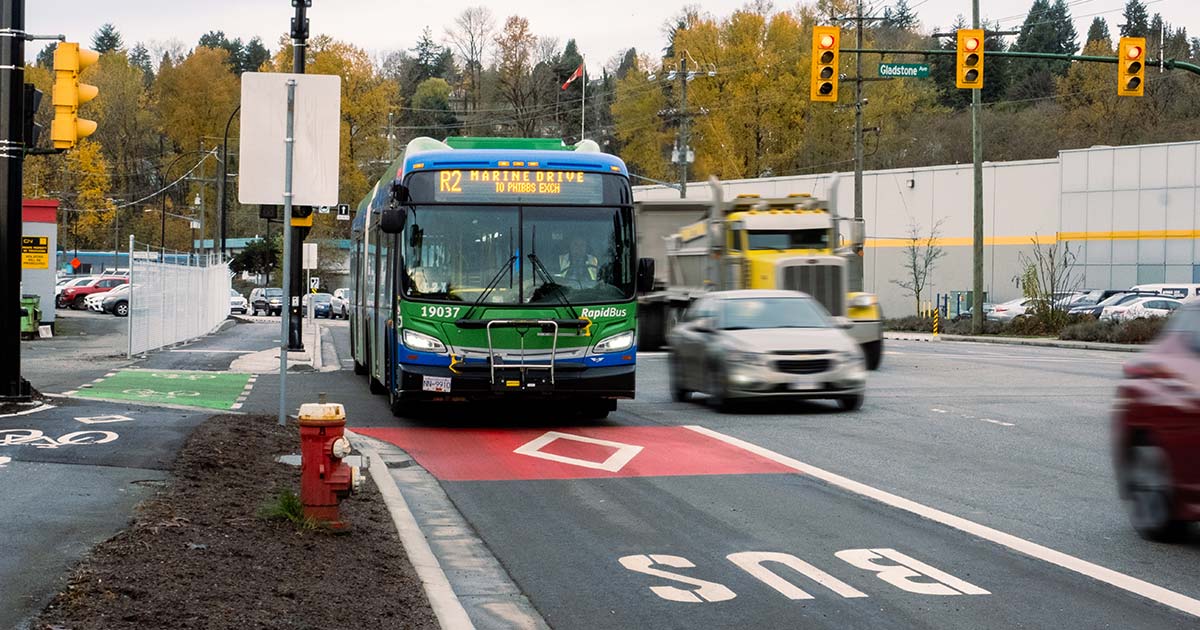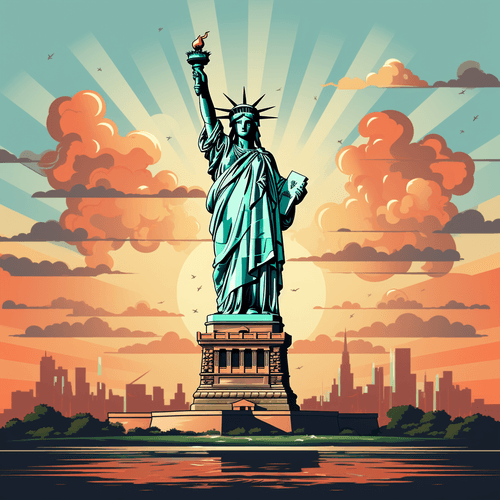
urbanism
/urbanism301
A place to talk about urban design, transit, and all things cities
“In this city, some of the most desirable places to live are the most walkable,” he told me over lunch that afternoon. “But you can’t build more places like that right now, because of parking minimums and stupid s--- like that.”
https://www.bloomberg.com/news/features/2025-04-23/can-automotive-influencer-matt-farah-save-cities-from-cars?cmpid=BBD050425_CITYLAB&utm_medium=email&utm_source=newsletter&utm_term=250504&utm_campaign=citylabdaily
https://www.bloomberg.com/news/features/2025-04-23/can-automotive-influencer-matt-farah-save-cities-from-cars?cmpid=BBD050425_CITYLAB&utm_medium=email&utm_source=newsletter&utm_term=250504&utm_campaign=citylabdaily
It turns out, I actually never knew what an avenue and a boulevard were
I think we all need a refresher!
From the 100% Invisible City book 💓
I think we all need a refresher!
From the 100% Invisible City book 💓
one reason why suburbs or even cities like Denver feel less walkable are bc the buildings facing streets are just too wide.
when you’re walking past 100 ft of walmart wall, there’s nothing to engage with. no entryways, no people, no life. but streets with narrower buildings—20 ft or less—give you much more to interact with. more shops, more neighbors, more texture.
we’re built for human-scale places, not oversized slabs made for cars.
(Image by matthew Fredrick and vikas Mehta)
when you’re walking past 100 ft of walmart wall, there’s nothing to engage with. no entryways, no people, no life. but streets with narrower buildings—20 ft or less—give you much more to interact with. more shops, more neighbors, more texture.
we’re built for human-scale places, not oversized slabs made for cars.
(Image by matthew Fredrick and vikas Mehta)
Re: loneliness epidemic
The internet as a variant of the third place. physical, offline third places as“3a spaces,” and online spaces “3b spaces.”
Separating the two helps to rethink socialization across digital and physical realms, offering frameworks to understand contemporary loneliness.
Are 3b spaces a Faustian bargain? Post-COVID, they became both a new normal and a convenient norm for social outlets. but they’ve also led to deeper loneliness, as the craving for face-to-face contact that 3a spaces provide never really goes away.
The internet as a variant of the third place. physical, offline third places as“3a spaces,” and online spaces “3b spaces.”
Separating the two helps to rethink socialization across digital and physical realms, offering frameworks to understand contemporary loneliness.
Are 3b spaces a Faustian bargain? Post-COVID, they became both a new normal and a convenient norm for social outlets. but they’ve also led to deeper loneliness, as the craving for face-to-face contact that 3a spaces provide never really goes away.
Chattanooga has been designated as the first National Park City in North America. The city's mayor Tim Kelly wants "to encourage folks to think about Chattanooga as a city in a park, rather than a city with some parks in it," in effort to establish the city and its community as one that prioritizes connecting people to the outdoors.
https://www.chattanoogapulse.com/citylife/nature-outdoors/chattanooga-becomes-the-first-national-park-city-in-north-am/
https://www.chattanoogapulse.com/citylife/nature-outdoors/chattanooga-becomes-the-first-national-park-city-in-north-am/
Truest urban culture is in the ordinary street life.
Street life doesn’t come out of trying to create street life. It is a natural, emergent outcome that grows from the mundane, pulse of the everyday.
Ordinary ≠ boring.
Street life doesn’t come out of trying to create street life. It is a natural, emergent outcome that grows from the mundane, pulse of the everyday.
Ordinary ≠ boring.
Healthy, vibrant places to live following best urbanism practices don’t have to be large metropolitan cities that produce miles of suburban sprawl.
Strong towns can exist anywhere if the local communities and government prioritize it.
Strong towns can exist anywhere if the local communities and government prioritize it.
Lazy take but I feel like in 20-50 years people are gonna look at suburbs fondly the way urbanists do today with mixed use buildings.
(Assuming we develop more localized commercial/retail fronts that aren't plazas or malls)
(Assuming we develop more localized commercial/retail fronts that aren't plazas or malls)
With all the anti- and pro- Elon posts everywhere, I think most people are really missing the bigger point that the idea of EVs themselves has always been questionable. If you want more efficient, environmentally friendly transportation, the best solution for that is better public transit, not better cars.
The scale of impact of transporting thousands of people at a time just doesn't compare to the few you can take around in an individual vehicle - autonomous or not. At the end of the day, EVs are luxury products that have minimal impact, and is only really talked about because it affects wealthy people the most. That's sort of the blind spot in how these issues play out politically.
The scale of impact of transporting thousands of people at a time just doesn't compare to the few you can take around in an individual vehicle - autonomous or not. At the end of the day, EVs are luxury products that have minimal impact, and is only really talked about because it affects wealthy people the most. That's sort of the blind spot in how these issues play out politically.
I love walking in America. I prefer my sidewalks to be a bit more natural and the mega big cars blow the trash away from you. 👏🙏
Nothing makes me smile more on the road than seeing pedestrians assert their rights to cross safely at crosswalks.
Urban is HOW people live, not simply where they live
It means living locally, engaging in direct experiences, and becoming part of the social fabric
It means living locally, engaging in direct experiences, and becoming part of the social fabric
We need more walkability maps in public spaces! I was pleasantly surprised to find this one in my neighborhood—showing transit and public attractions within a 15-30 minute walk.
mapping distance in time is better for making cities more intuitive and accessible
mapping distance in time is better for making cities more intuitive and accessible
I wish more American land developers understood this strategy back in the 1900s instead of building American cities for cars instead of people.
Maybe we'll figure it out this century. It's hard for me to want to live anywhere outside of NYC because an urban pedestrian lifestyle isn't really possible anywhere else today in America.
Maybe we'll figure it out this century. It's hard for me to want to live anywhere outside of NYC because an urban pedestrian lifestyle isn't really possible anywhere else today in America.
Loading...








